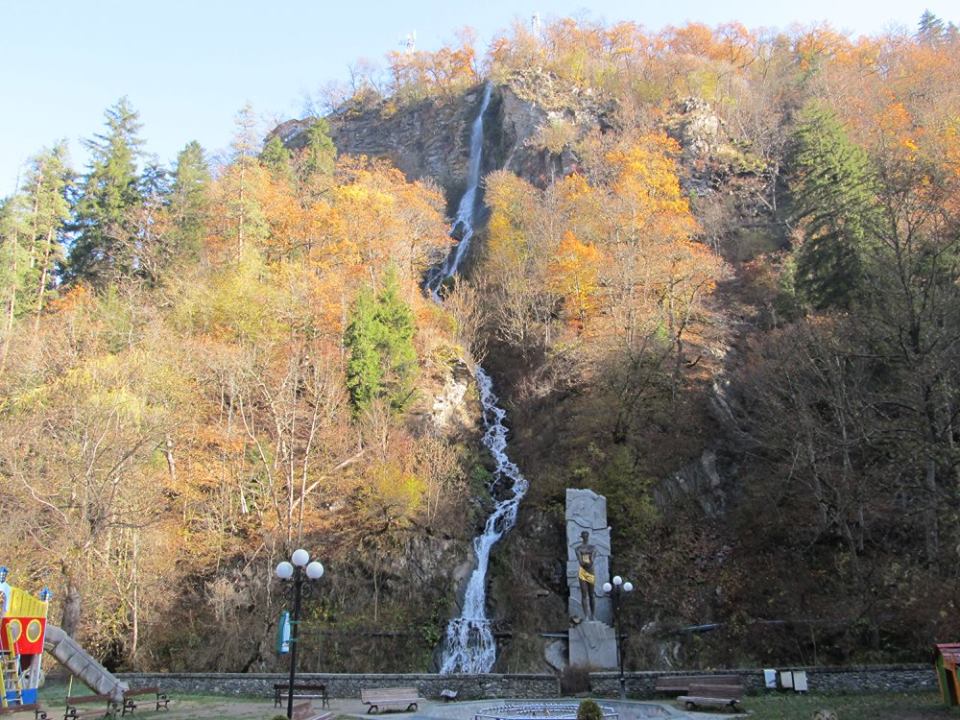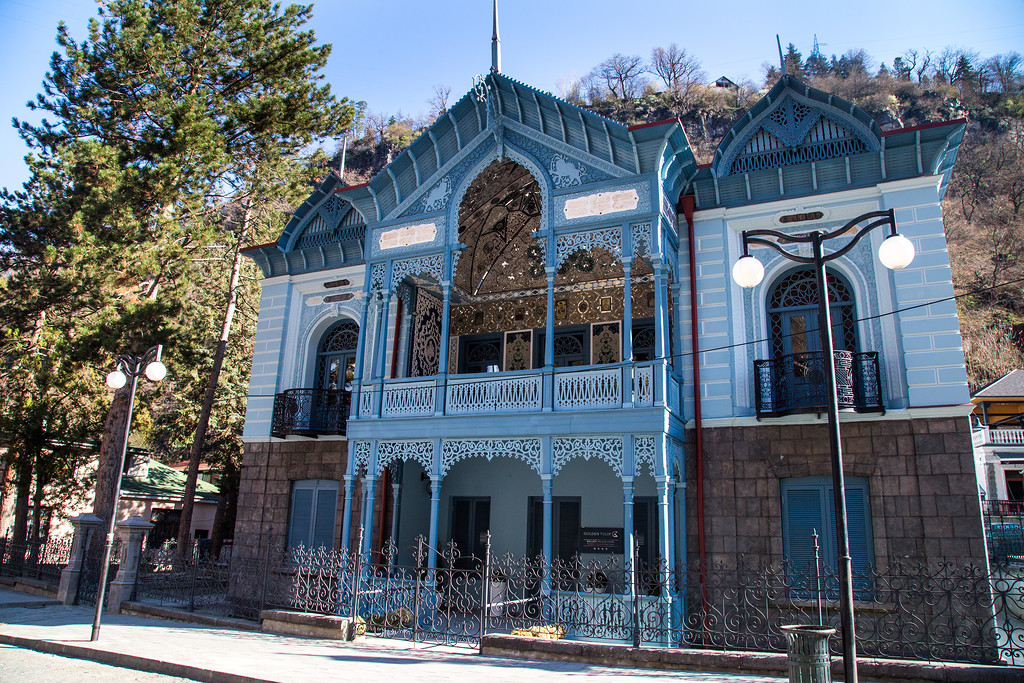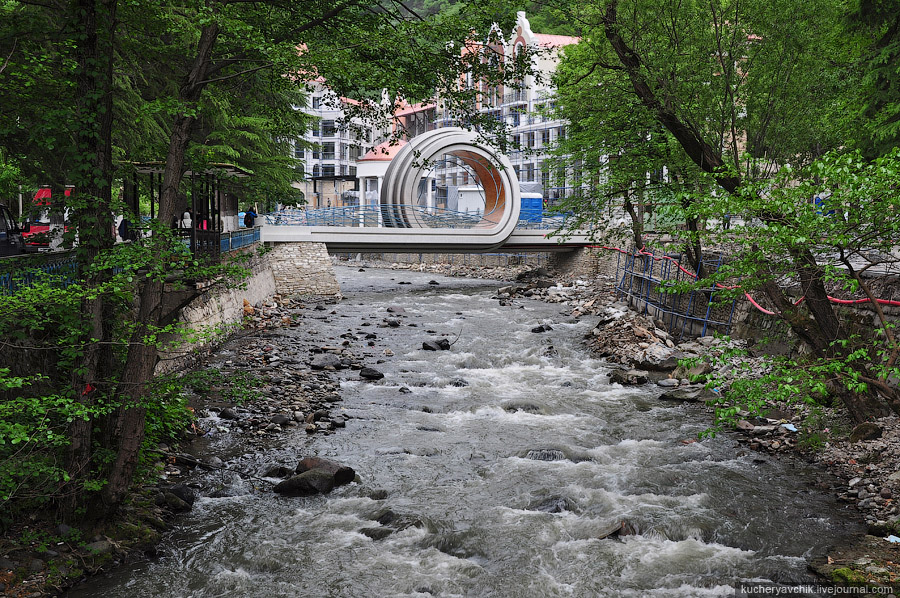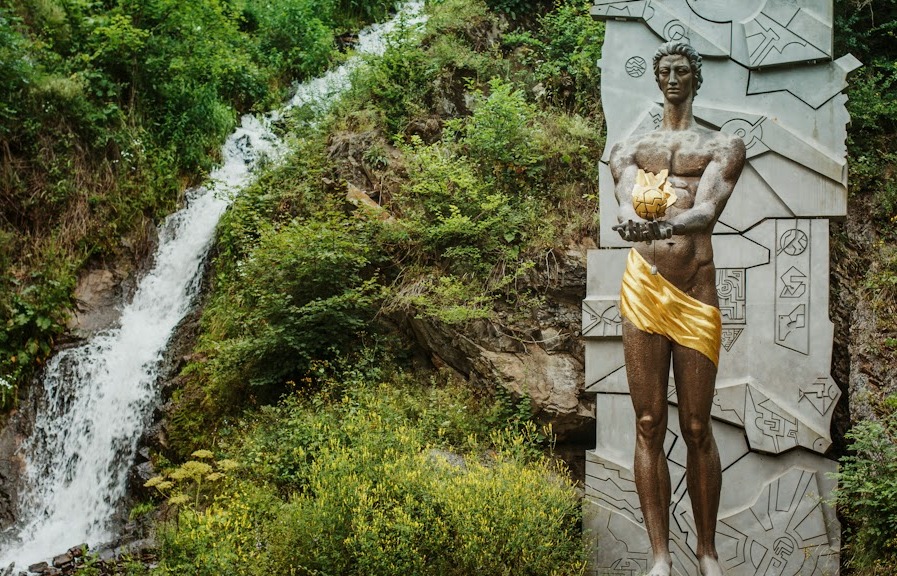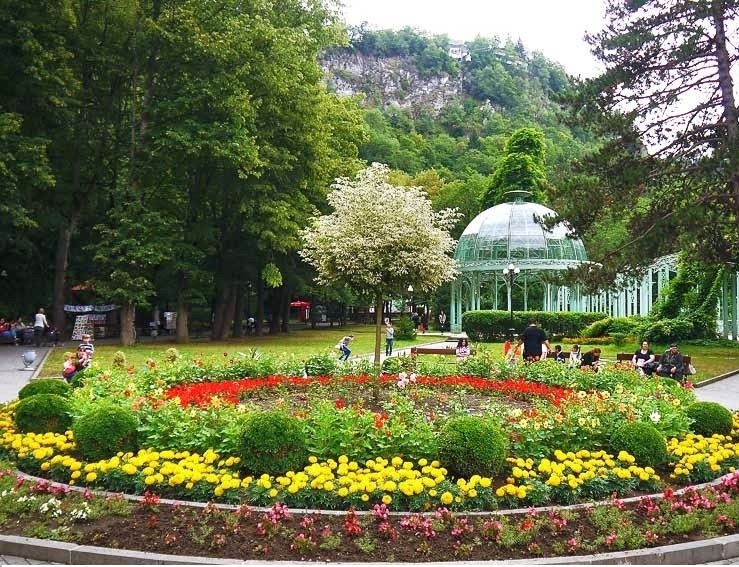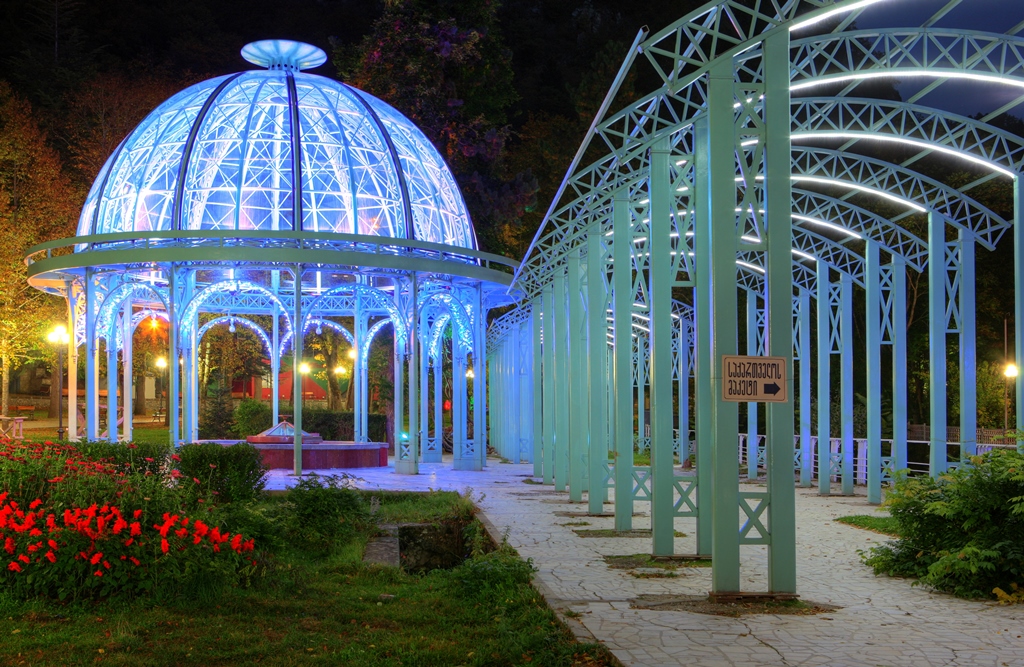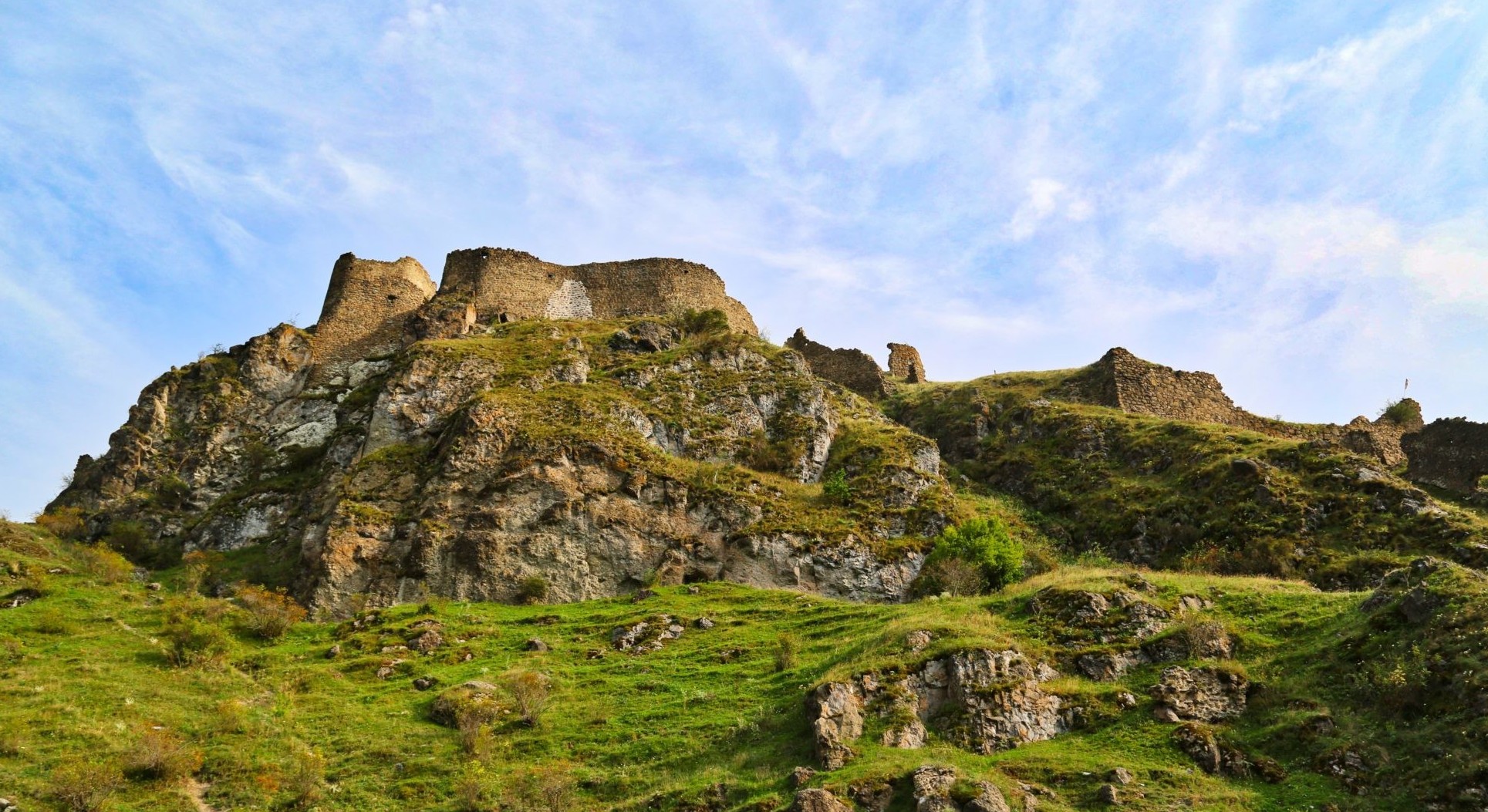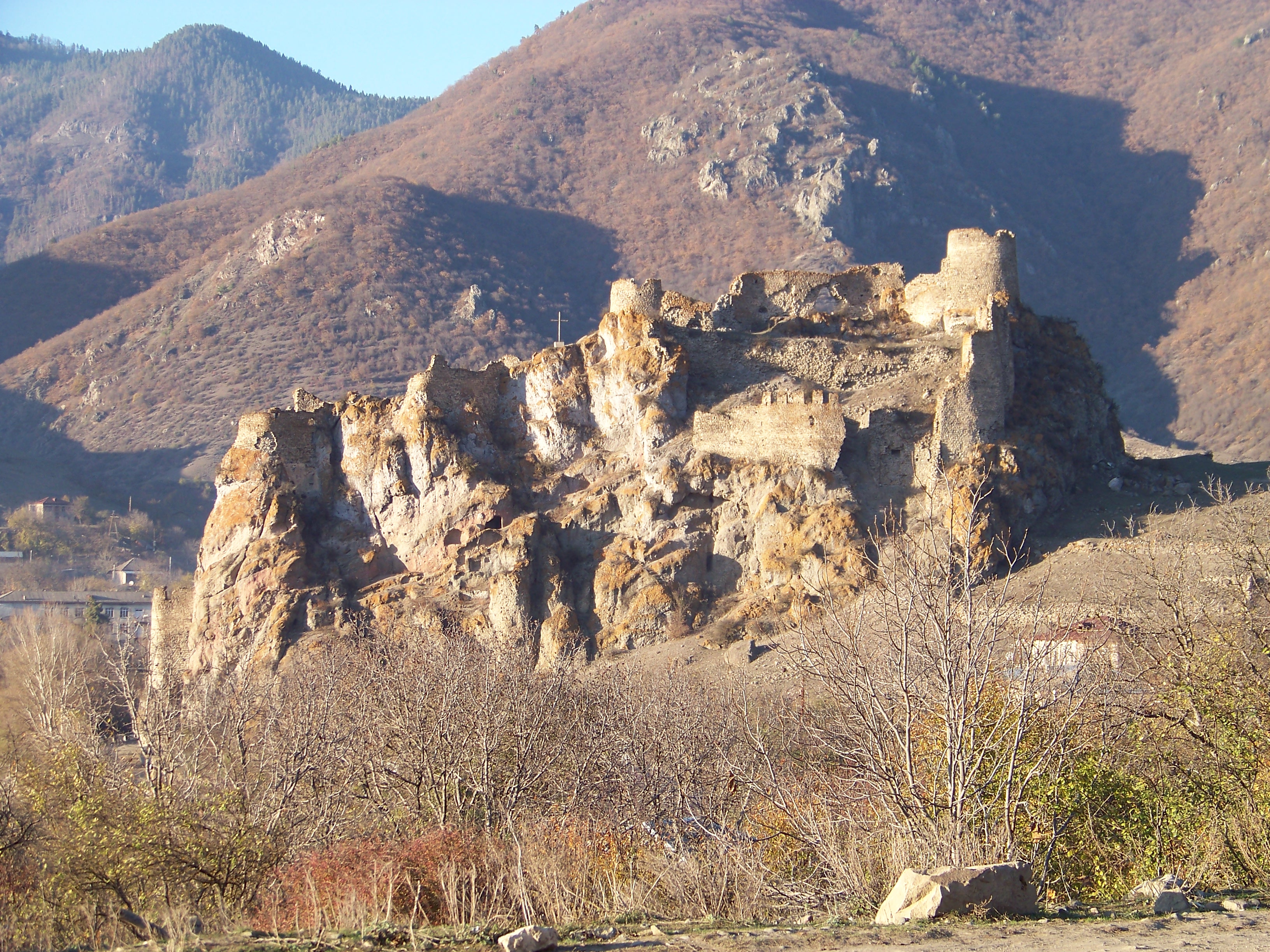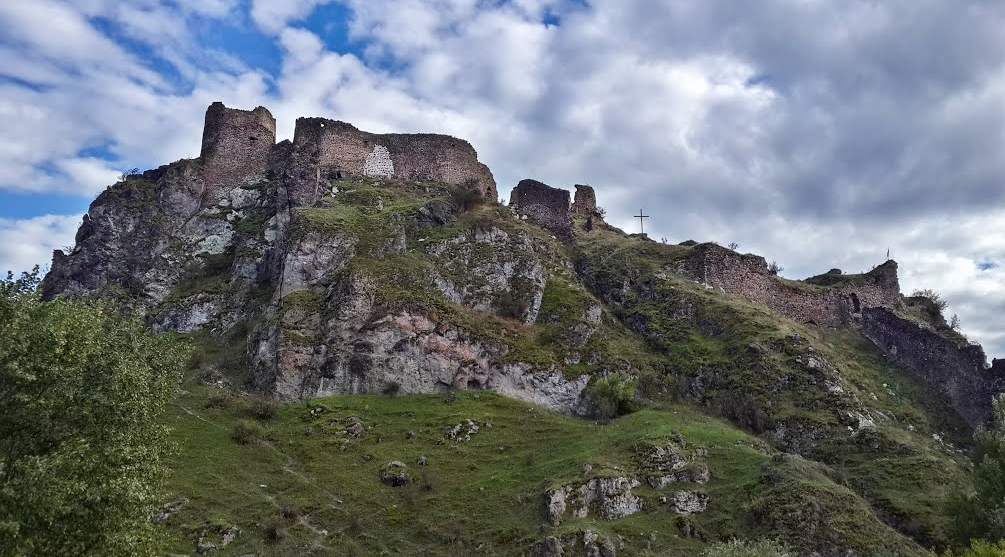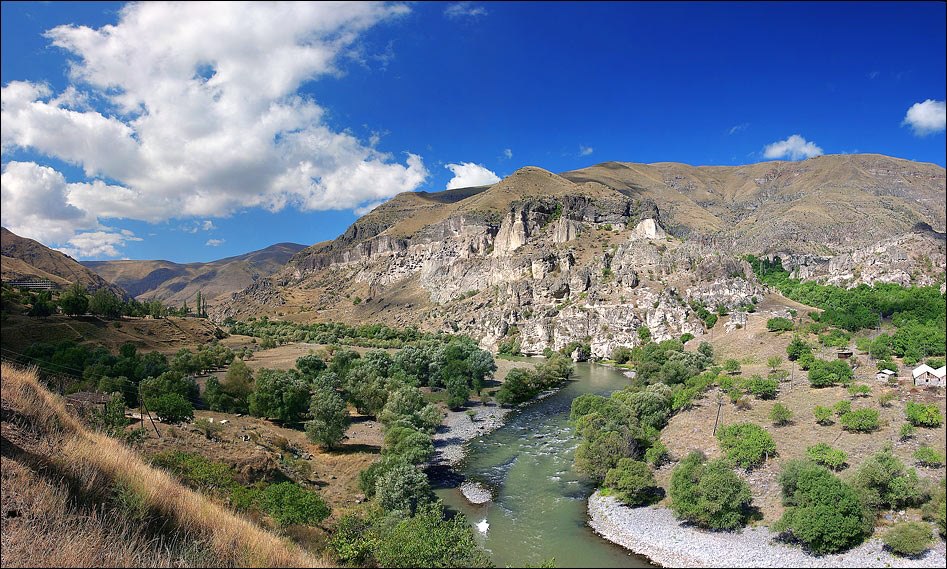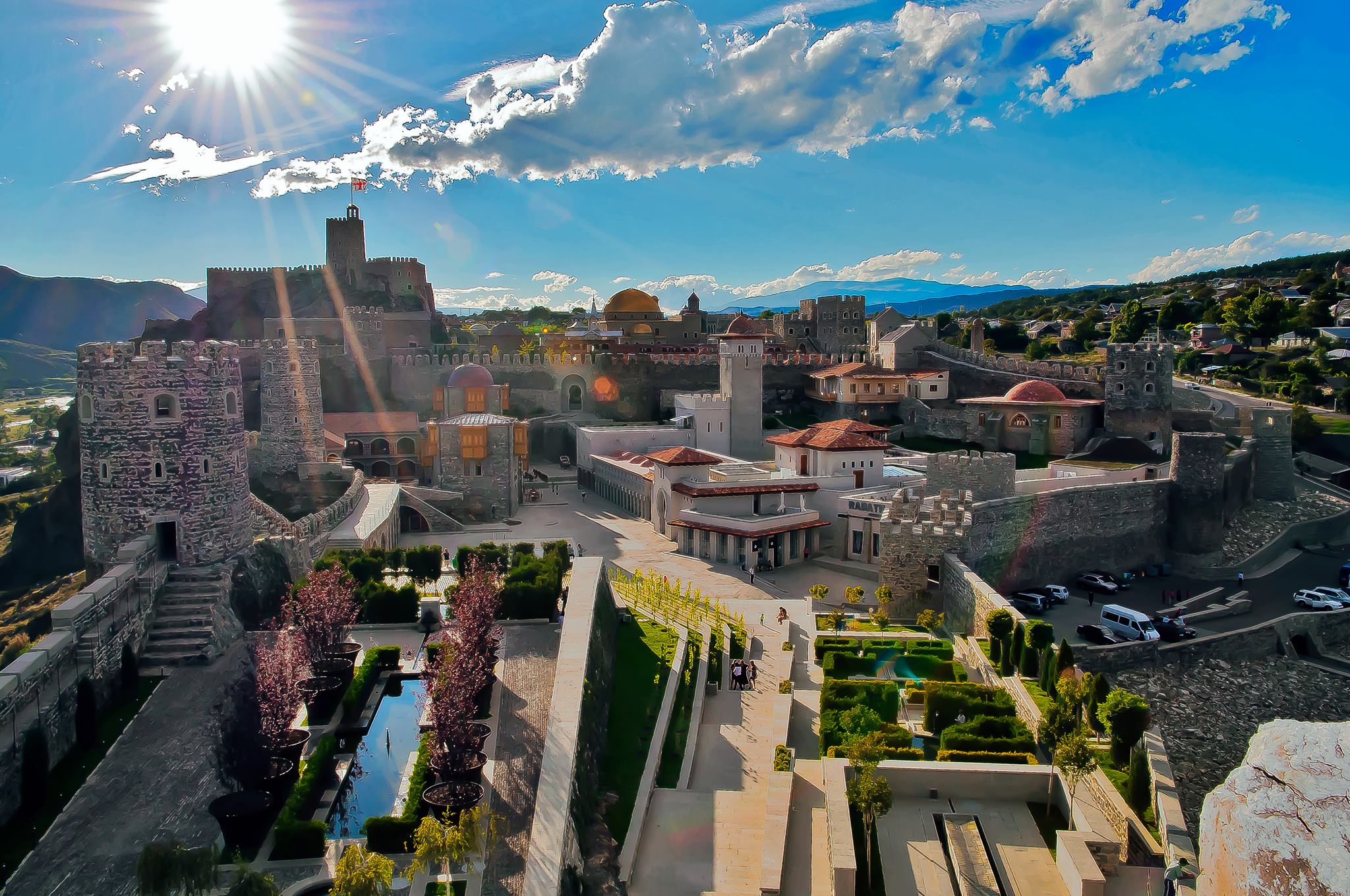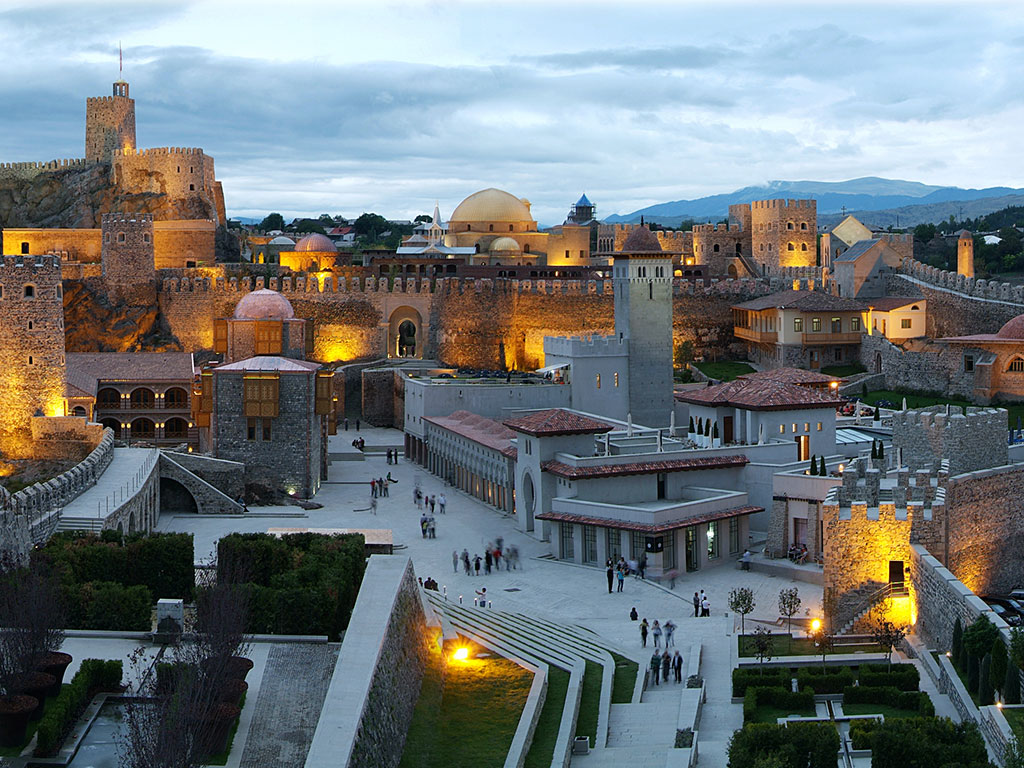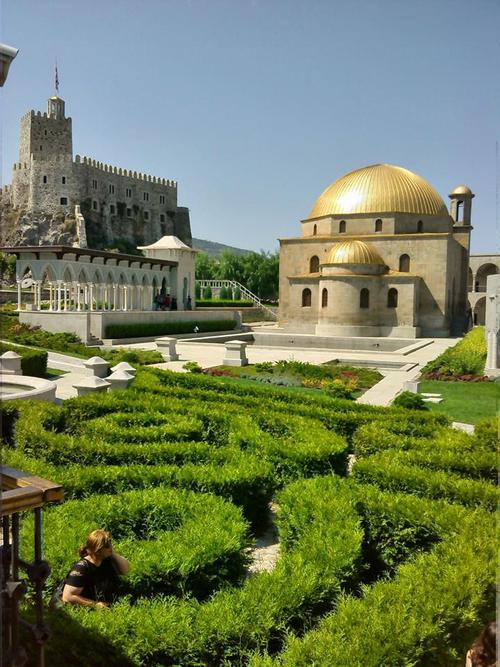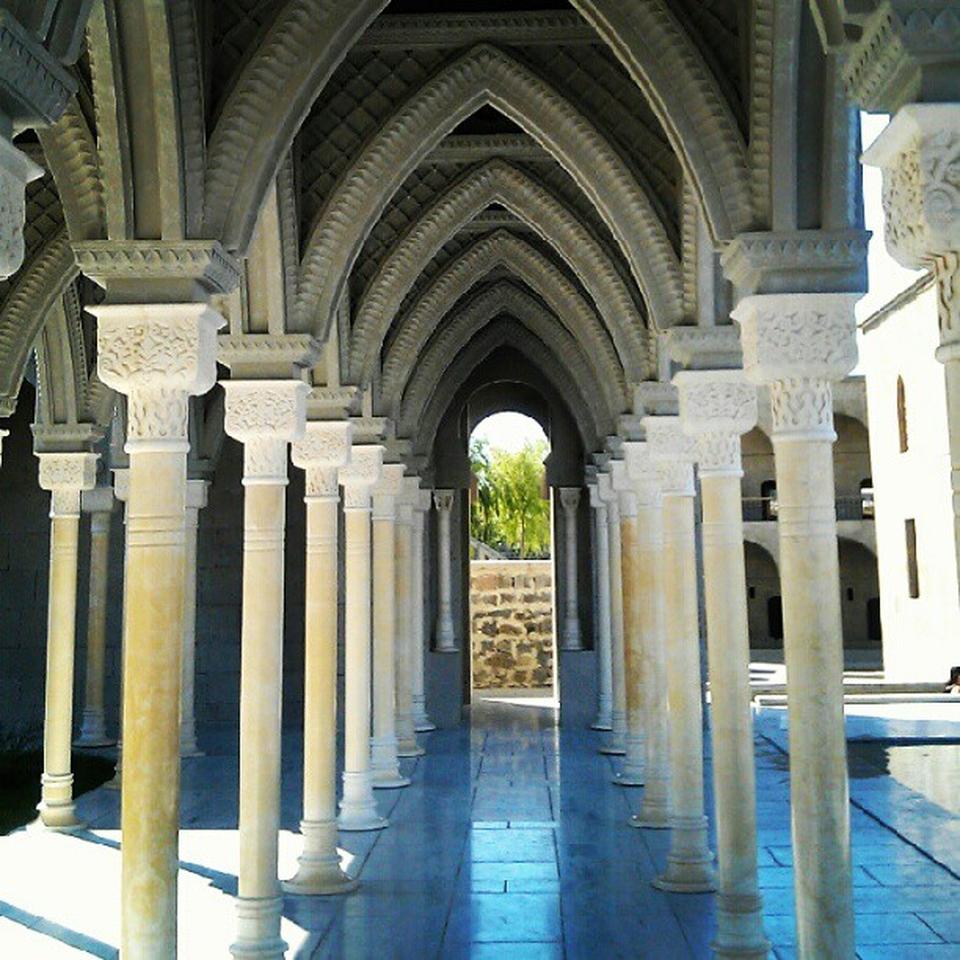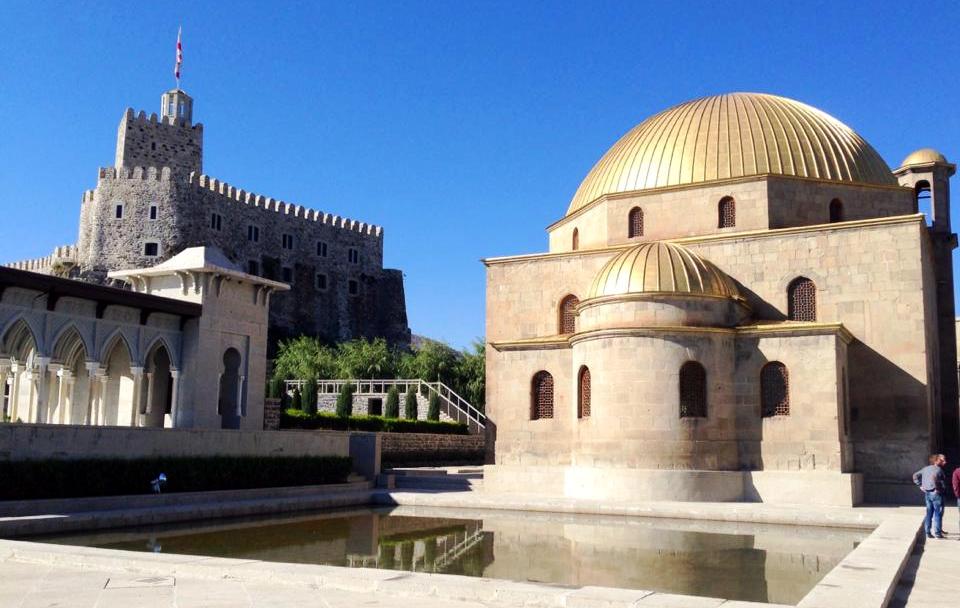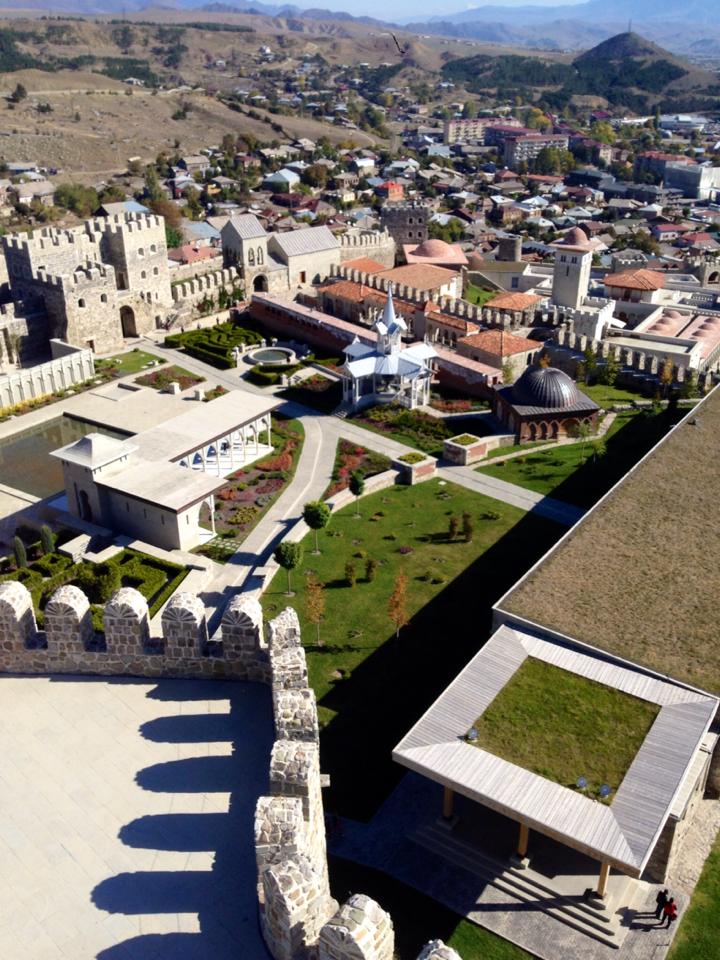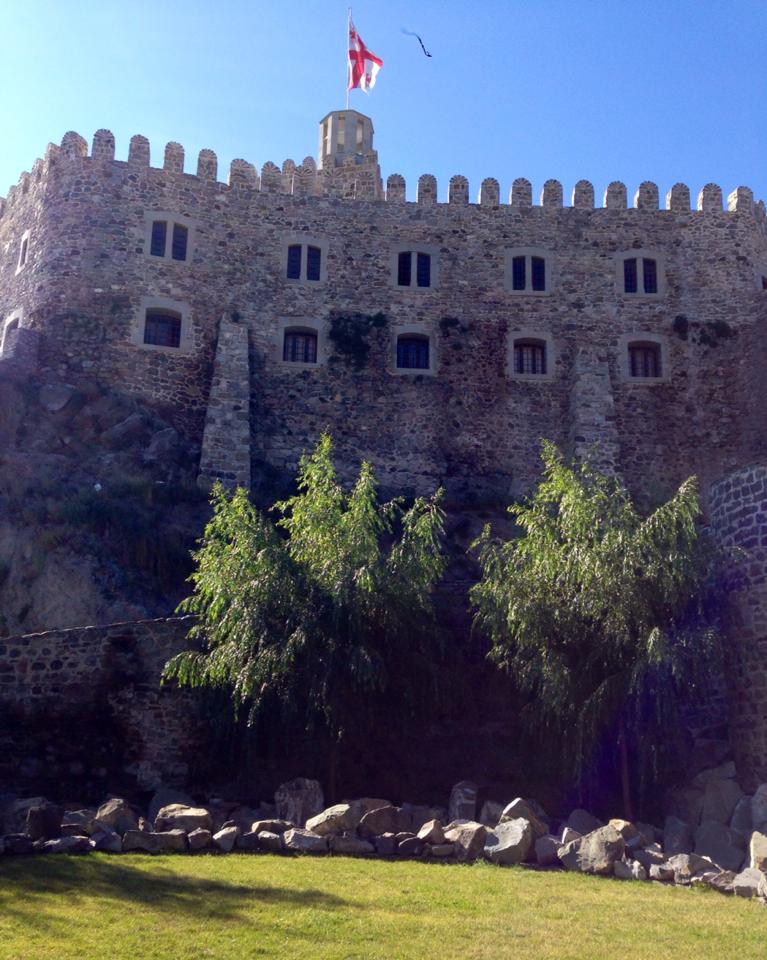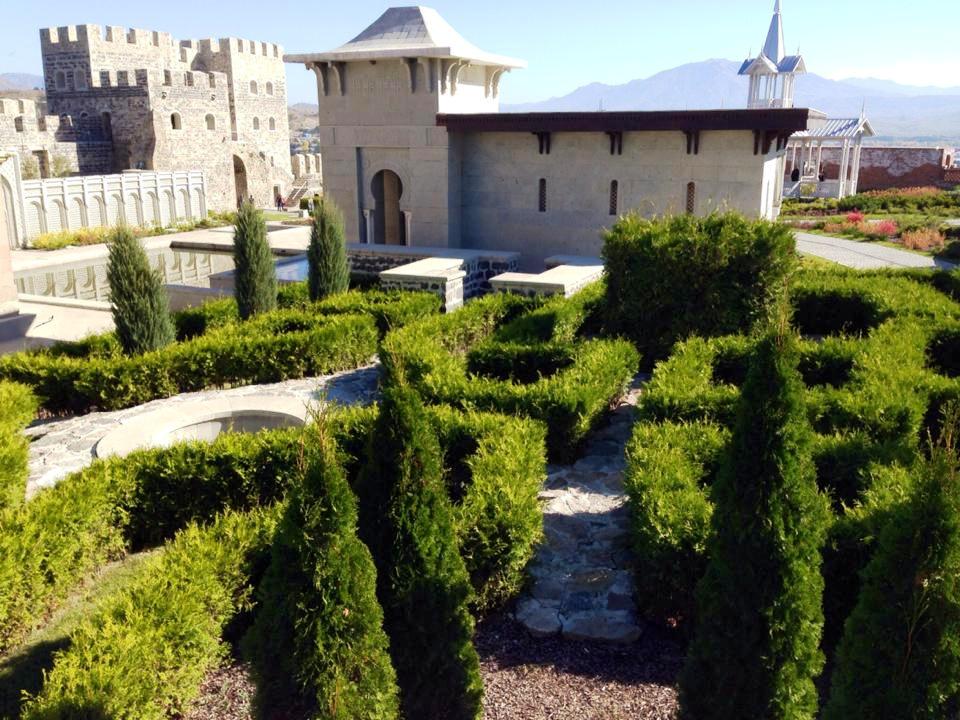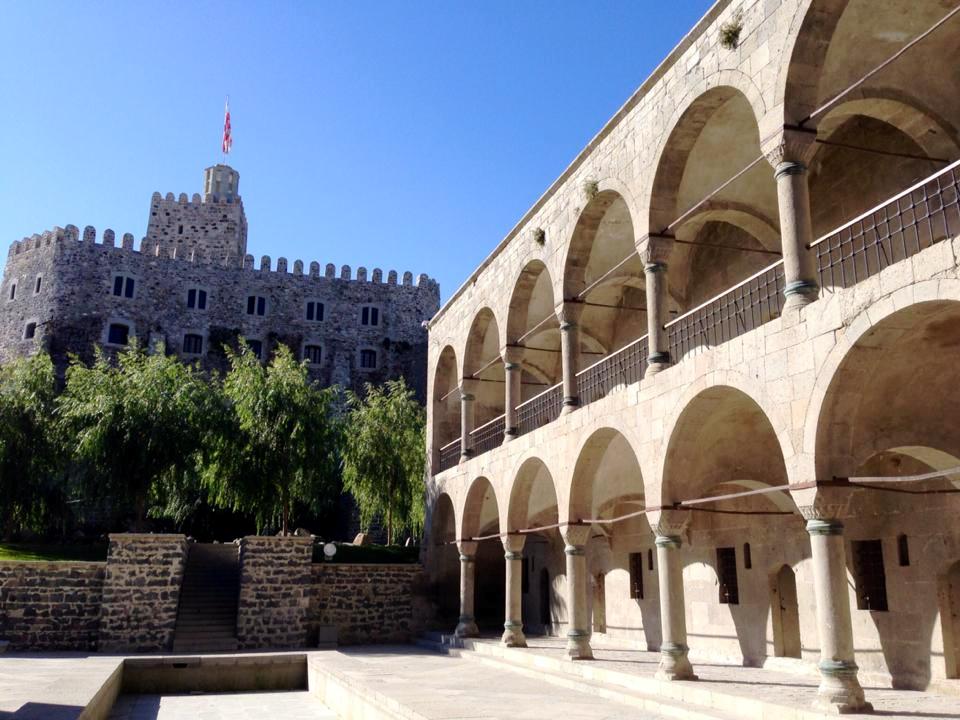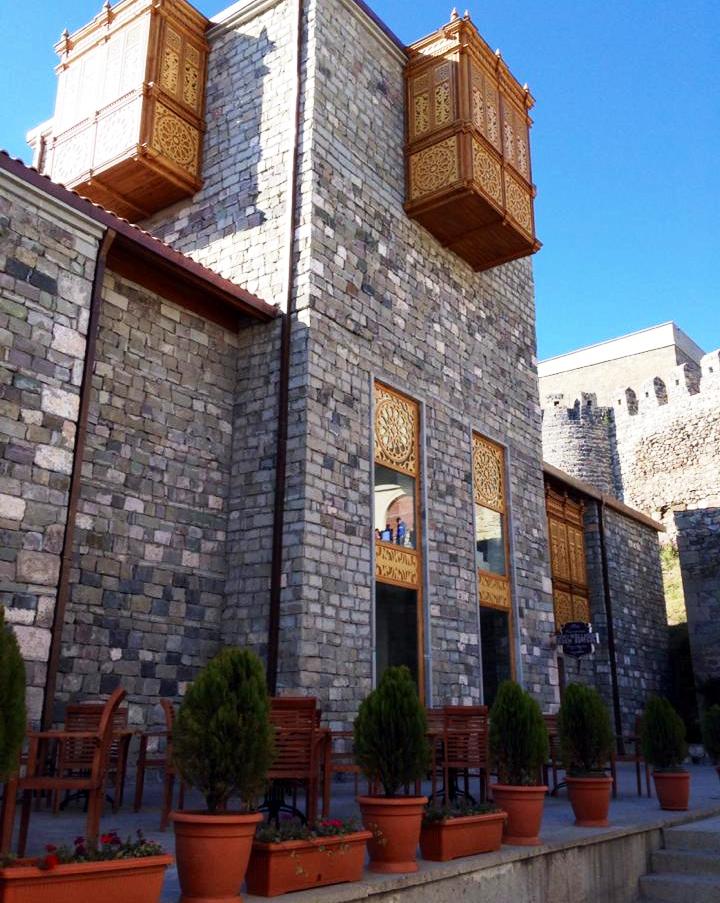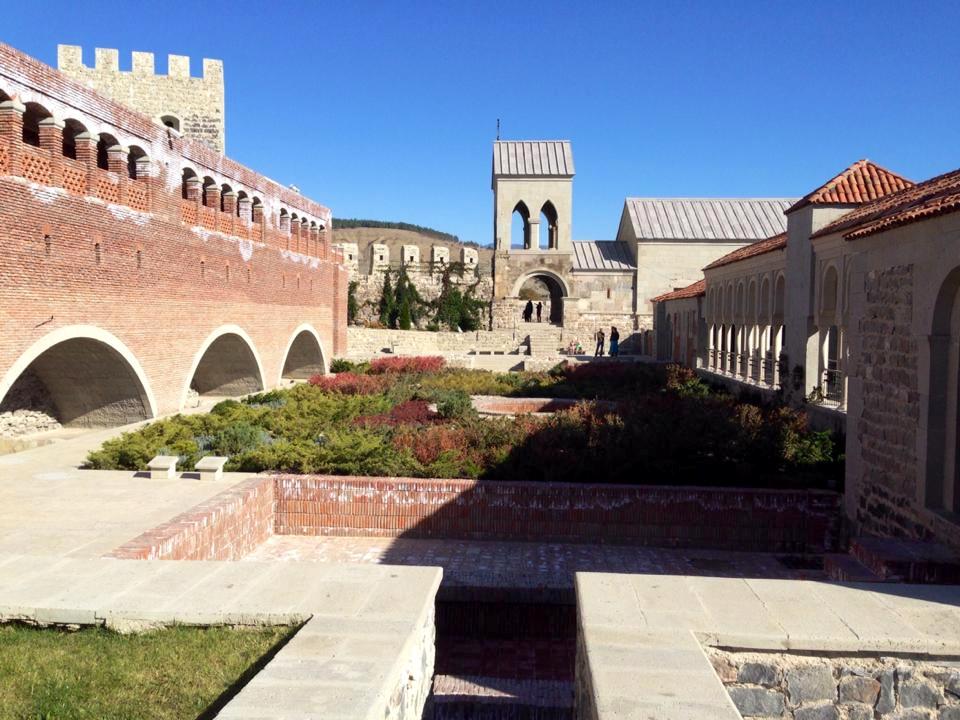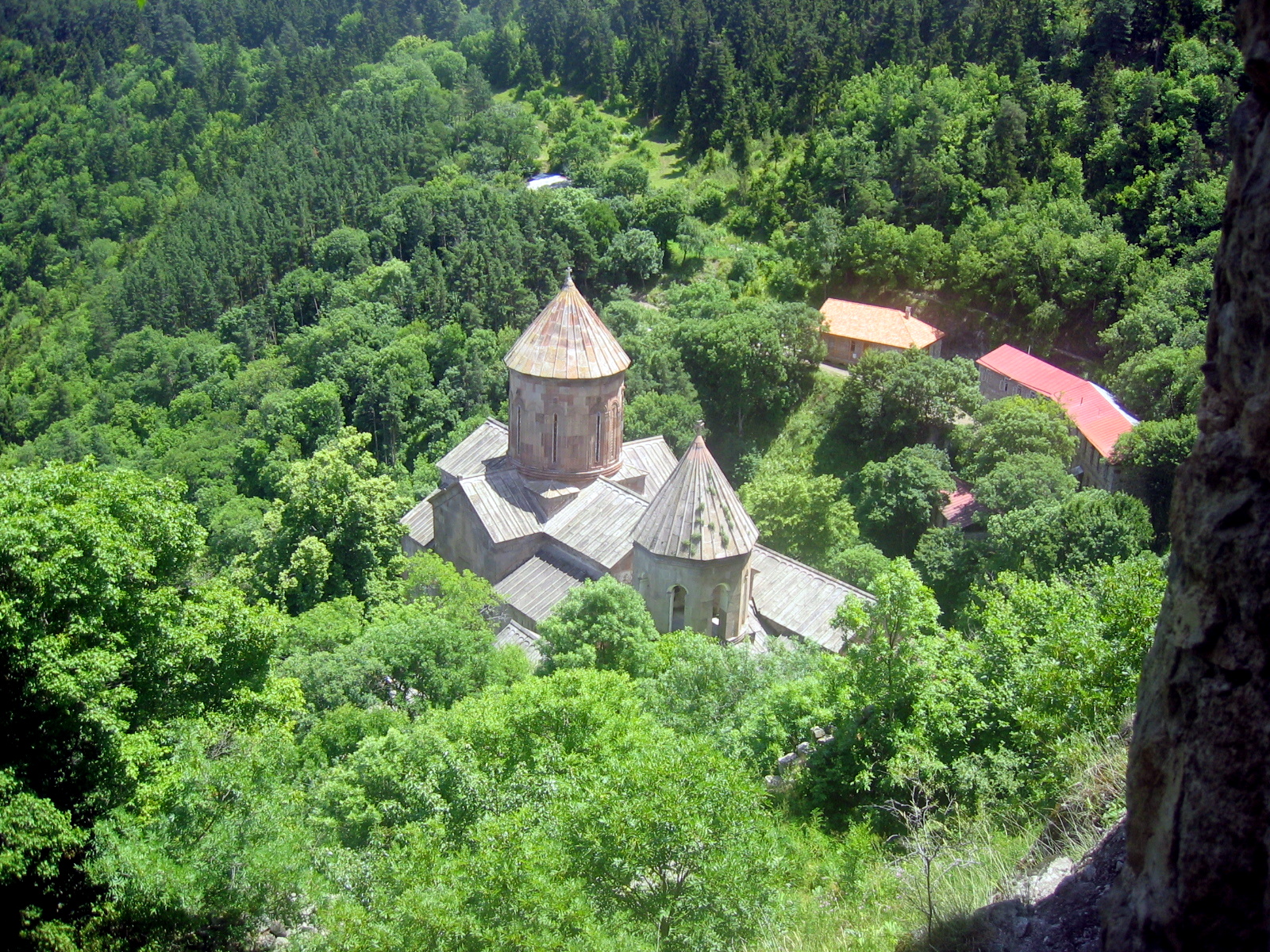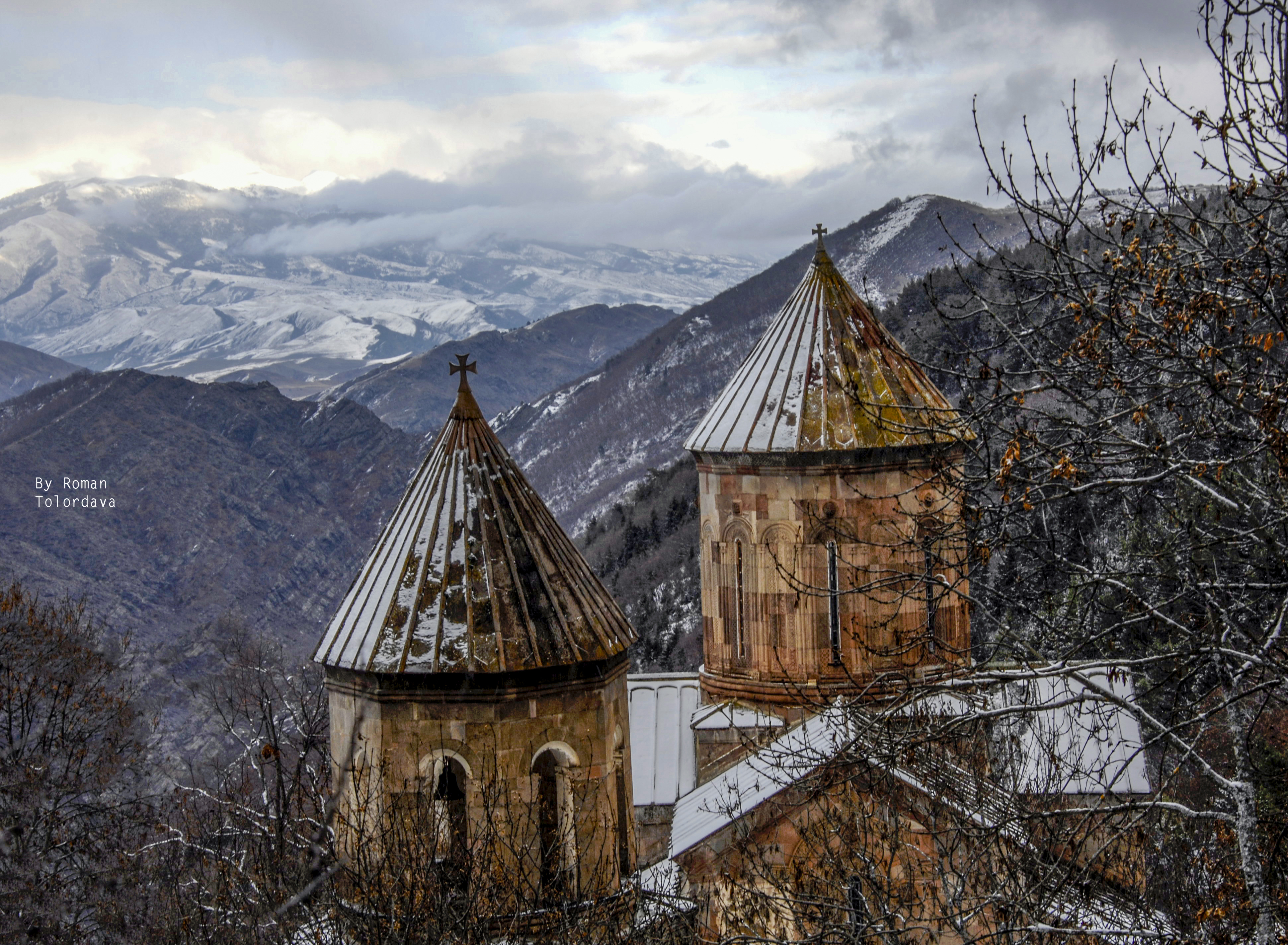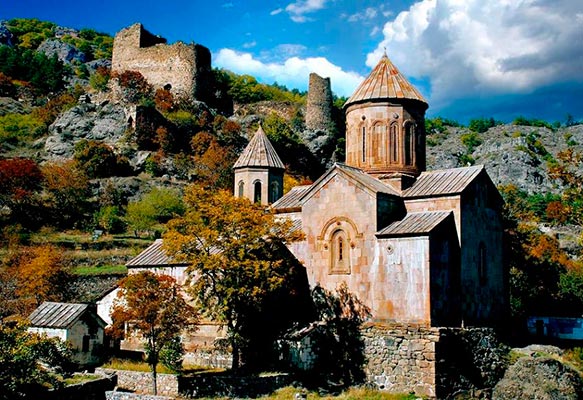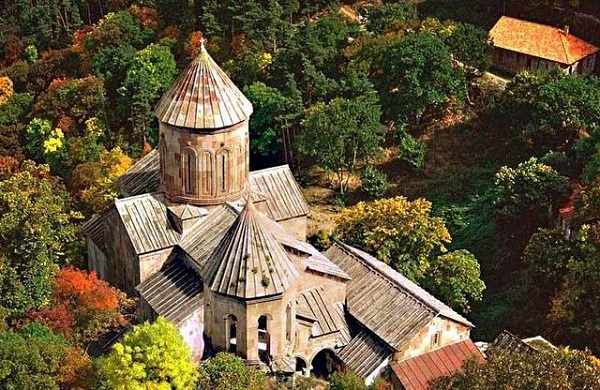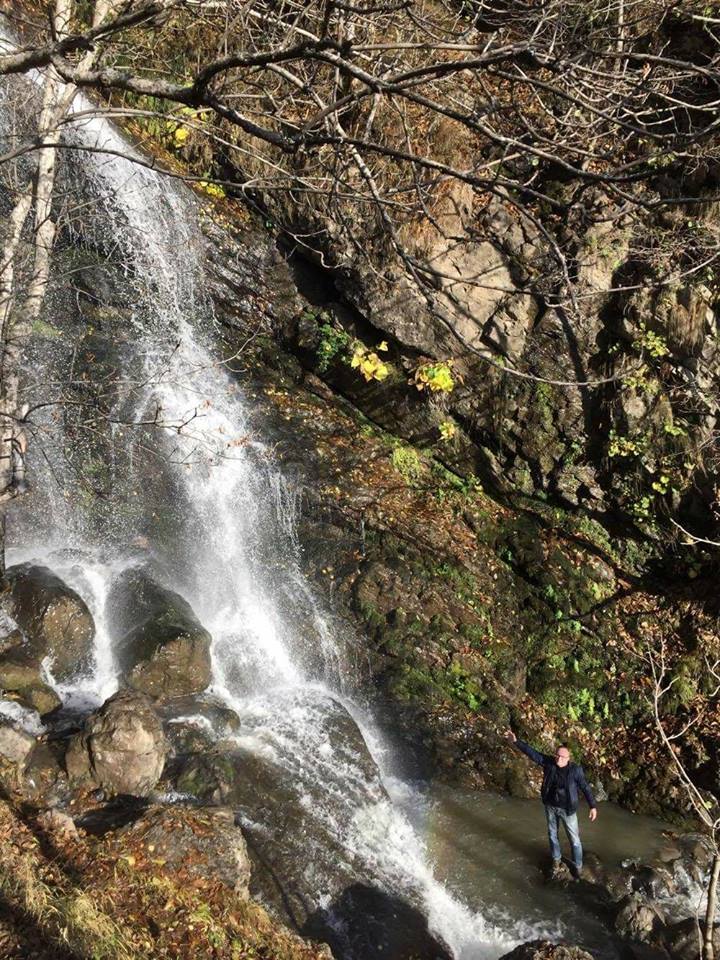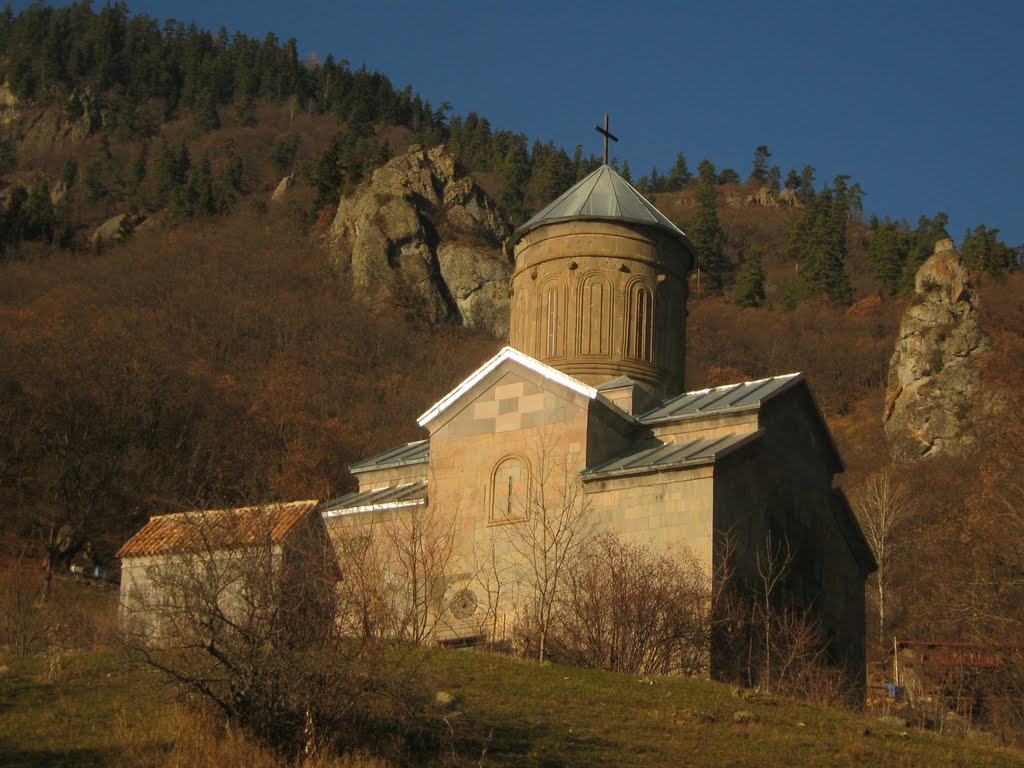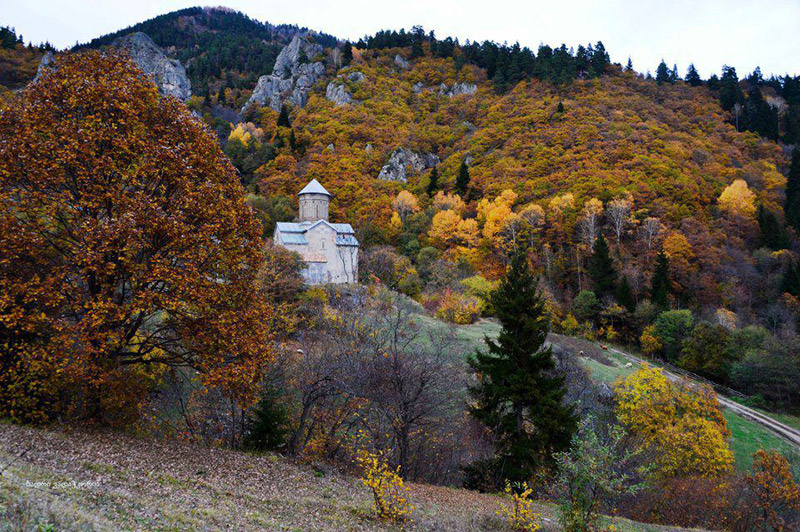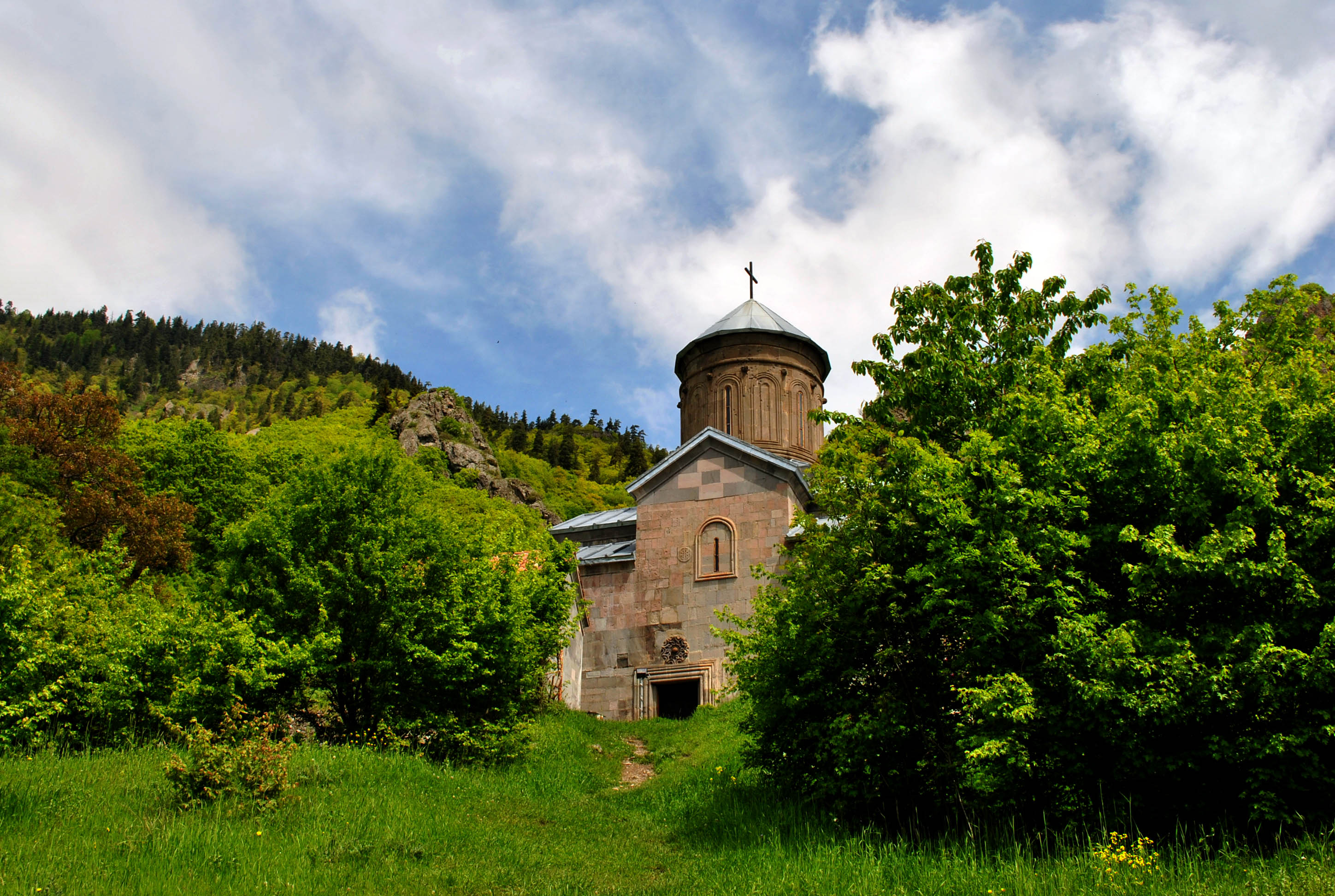TBILISI – BORJOMI PARK – ATSKURI FORTRESS – RABATI CASTLE – SAPARA MONASTERY – CHULE MONASTERY – TBILISI
BORJOMI PARKshow galleryhide gallery
Borjomi park is located in Borjomi, Samtskhe-Javakheti region. Borjomi’s mineral water park occupies a narrow, wooded valley. To get there, you need to cross the little Borjomula River just east of Borjomi Park train station. The original warm mineral spring, named Ekaterina Spring, sits beneath a pavilion straight ahead of the park entrance.
If you walk about 3km upstream, beyond the ‘attractions’ of the park proper, you’ll find a small, spring-fed swimming pool with a constant temperature of about 27°C.
ATSKURI FORTRESSshow galleryhide gallery
Atskuri is a Georgian feudal fortress on the right bank of the Mtkvari River, approximately 30 kilometres from Borjomi, in the Samtskhe-Javakheti region.
Built in the 10th century, Atskuri Fortress was an important stronghold for the defense of Georgia during the Medieval ages.
RABATI CASTLEshow galleryhide gallery
Rabati Castle is a medieval castle complex in Akhaltsikhe, Georgia. Originally established in the 9th century as the Lomisa Castle, it was completely rebuilt by Ottomans.
According to the Georgian Chronicles the city was established in the 9th century by Guaram Mampal, son of the King of Tao. From the 13th to the end of 14th centuries it was the capital city of Samtskhe-Saatabago, ruled by the Georgian princely (mtavari) family and a ruling dynasty of the Principality of Samtskhe, the House of Jakeli.
In 1393 the city was attacked by the armies of Tamerlane. Despite the Turko-Mongol invasions fortress withstood and continued to thrive. After the Treaty of Constantinople in 1590, the whole territory of Samtskhe-Saatabago went under the rule of Ottoman Empire. Turks Mostly used to build defensive edifices. In 1752 first mosque was built in Rabati.
By the end of the 18th century Metropolitan John writes that “despite the fact that a large part of the population has been Islamized, there’s still a functioning Orthodox church”. After the Treaty of Georgievsk between the Kingdom of Kartli and the Russian Empire was signed, the question of the fate of Akhaltsikhe arose. The first attempt to take the fortress in 1810 failed. Russians took the city after 18 years in 1828. After the Treaty of Adrianople in 1829, the Ottomans yielded part of Akhaltiske Region.
The fortress and its adjacent buildings were extensively rebuilt and renovated in 2011-2012 in order to attract more tourists to the area.
SAPARA MONASTERYshow galleryhide gallery
Sapara Monastery is a Georgian Orthodox monastery in the Akhaltsikhe District of Samtskhe-Javakheti region, Georgia.
It has existed from at least the 9th century, and has numbered among its monks many important figures in Georgian ecclesiastical history. At the end of the 13th century Sapara became a possession of the Jakeli family, whose leader, Sargis Jakeli, was adept at staying on good terms with the Mongols, which enabled Samtskhe to enjoy a peace unusual for the time. When he grew old, Sargis took monastic orders and changed his name to Saba. His son Beka built the largest of the 12 churches here, St Saba’s Church, named after the saint whose name his father had adopted, one of the most architecturally important churches of its time. The 14th-century frescoes inside are of high quality.
From the end of the 16th century until the beginning of the 17th century the Sapara Monastery became empty due to the expansion of Turkish policy into Samtskhe and during this process the monastery’s icons and other treasures were taken to more protected areas of Georgia.
CHULE MONASTERYshow galleryhide gallery
The Chulevi monastery of St. George (Chule Monastery) is a 14th-century Georgian Orthodox monastic church located in Georgia’s southwest region of Samtskhe-Javakheti.
The Chulevi monastery sits on the left bank of the Kvabliani river, near the town of Adigeni in the historic province of Samtskhe. The monastery is alternatively known as Chule or Chulebi. The site was home to a monastic community already in the 11th century, but it was in the latter part of the 14th century that the current edifice was constructed to become a major religious and cultural center in south Georgia. An inscription in the medieval Georgian asomtavruli script reveals the name of the artist Arsen who frescoed the interior of Chulevi in 1381. The murals depict, inter alia, a group portrait of the local princely house of Jakeli, patrons of the monastery.
The Chulevi monastery shares a series of common features with the contemporary and nearby located churches of Zarzma and Sapara such as the typically elongated overall plan and the interior space, rectangular shape with no projections, a dome resting upon the walls of the altar and two cross-shaped pillars.
After the Ottoman conquest of the area, the Chulevi monastery declined and had been completely abandoned by 1595. The locals, still Christian at that time, saved the bells and some other church items by burying them in the adjacent wood. The bells were accidentally discovered in the 1980s and donated to the Akhaltsikhe local museum but were eventually turned over to the monastery once it was restored to the Georgian Orthodox Patriarchate in October 1999.
A team of Russian architects attempted, unsuccessfully, to repair the church in 1935/36 and several architectural details were lost in the process. Another attempt at rehabilitation was made in the 1970s and 1980s but was then interrupted. It was not until 2003 that systematic reconstruction fieldworks were launched and the monastery has largely been repaired since then.

